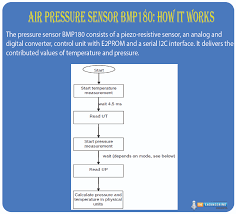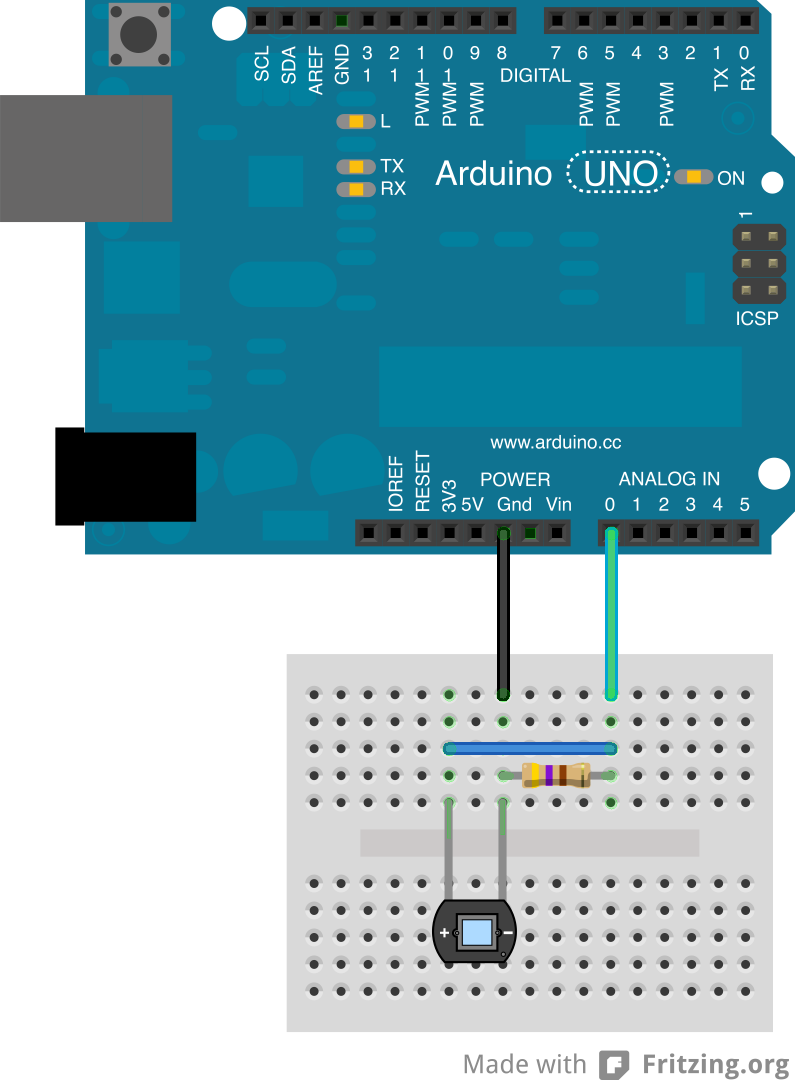How to Measure Temperature with a Thermistor
A thermistor is a type of temperature sensor that is commonly used in a variety of applications. It works by changing its electrical resistance in response to changes in temperature. This makes thermistors ideal for measuring temperature in a wide range of environments, from industrial settings to consumer electronics.
Measuring temperature with a thermistor is relatively straightforward, but there are a few important steps to follow to ensure accurate and reliable results. In this article, we will walk you through the process of measuring temperature with a thermistor.
Step 1: Choose the Right Thermistor
The first step in measuring temperature with a thermistor is to choose the right thermistor for your specific application. Thermistors come in a variety of shapes and sizes, with different temperature ranges and accuracies. Make sure to select a thermistor that is suited to the temperature range and accuracy requirements of your project.
Additionally, consider the time response of the thermistor. Some thermistors respond quickly to changes in temperature, while others have a slower response time. Choose a thermistor with the appropriate time response for your application.
Step 2: Construct a Simple Circuit
Once you have selected the right thermistor for your project, the next step is to construct a simple circuit to measure temperature. The circuit will consist of the thermistor, a resistor, and a power source. By measuring the voltage across the thermistor, you can determine the temperature.
To construct the circuit, connect the thermistor and resistor in series and connect them to the power source. Use a voltmeter to measure the voltage across the thermistor. By using the resistance-temperature characteristics of the thermistor, you can convert the voltage measurement to temperature.
Step 3: Calibrate the System
Before using the temperature measurement system, it is important to calibrate the system to ensure accurate temperature readings. To calibrate the system, measure the temperature using a reference thermometer and compare it to the temperature measured by the thermistor. Adjust the circuit or calibration parameters as needed to improve accuracy.
It may also be necessary to perform periodic recalibration of the system to account for changes in the thermistor’s characteristics over time. Keep track of the calibration data to ensure consistent and reliable temperature measurements.
Step 4: Monitor and Record Temperature
Once the temperature measurement system is calibrated and set up, you can begin monitoring and recording temperature data. Use a data logger or computer interface to log temperature measurements over time. This data can be used for analysis, control, or process optimization.
Be sure to monitor the temperature measurement system regularly to ensure it is functioning properly. Check for any signs of drift or inaccuracies and make adjustments as necessary to maintain accuracy.
Conclusion
Measuring temperature with a thermistor is a simple and effective method for a wide range of applications. By following the steps outlined in this article, you can accurately measure temperature using a thermistor and use the data for various purposes. Remember to choose the right thermistor, construct a simple circuit, calibrate the system, and monitor the temperature regularly for the best results.
How to Measure Temperature with a Thermistor
A thermistor is a type of temperature sensor that is commonly used in a variety of applications. It works by changing its electrical resistance in response to changes in temperature. This makes thermistors ideal for measuring temperature in a wide range of environments, from industrial settings to consumer electronics.
Measuring temperature with a thermistor is relatively straightforward, but there are a few important steps to follow to ensure accurate and reliable results. In this article, we will walk you through the process of measuring temperature with a thermistor.
Step 1: Choose the Right Thermistor
The first step in measuring temperature with a thermistor is to choose the right thermistor for your specific application. Thermistors come in a variety of shapes and sizes, with different temperature ranges and accuracies. Make sure to select a thermistor that is suited to the temperature range and accuracy requirements of your project.
Additionally, consider the time response of the thermistor. Some thermistors respond quickly to changes in temperature, while others have a slower response time. Choose a thermistor with the appropriate time response for your application.
Step 2: Construct a Simple Circuit
Once you have selected the right thermistor for your project, the next step is to construct a simple circuit to measure temperature. The circuit will consist of the thermistor, a resistor, and a power source. By measuring the voltage across the thermistor, you can determine the temperature.
To construct the circuit, connect the thermistor and resistor in series and connect them to the power source. Use a voltmeter to measure the voltage across the thermistor. By using the resistance-temperature characteristics of the thermistor, you can convert the voltage measurement to temperature.
Step 3: Calibrate the System
Before using the temperature measurement system, it is important to calibrate the system to ensure accurate temperature readings. To calibrate the system, measure the temperature using a reference thermometer and compare it to the temperature measured by the thermistor. Adjust the circuit or calibration parameters as needed to improve accuracy.
It may also be necessary to perform periodic recalibration of the system to account for changes in the thermistor’s characteristics over time. Keep track of the calibration data to ensure consistent and reliable temperature measurements.
Step 4: Monitor and Record Temperature
Once the temperature measurement system is calibrated and set up, you can begin monitoring and recording temperature data. Use a data logger or computer interface to log temperature measurements over time. This data can be used for analysis, control, or process optimization.
Be sure to monitor the temperature measurement system regularly to ensure it is functioning properly. Check for any signs of drift or inaccuracies and make adjustments as necessary to maintain accuracy.
Conclusion
Measuring temperature with a thermistor is a simple and effective method for a wide range of applications. By following the steps outlined in this article, you can accurately measure temperature using a thermistor and use the data for various purposes. Remember to choose the right thermistor, construct a simple circuit, calibrate the system, and monitor the temperature regularly for the best results.



